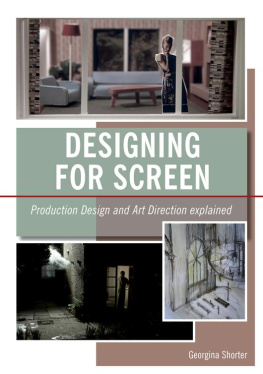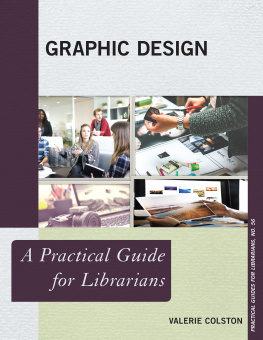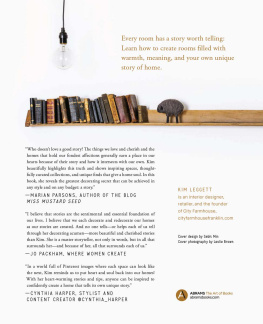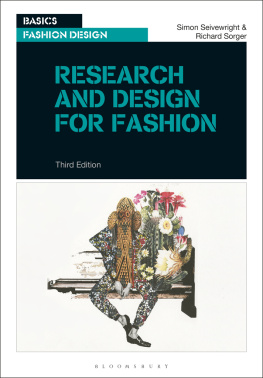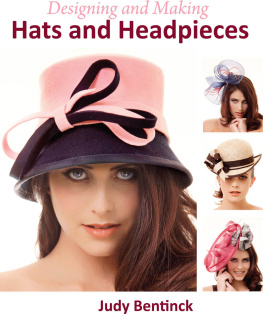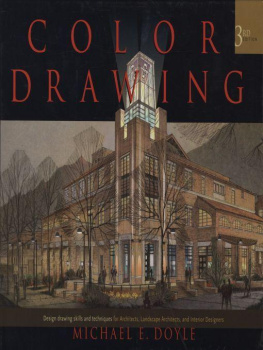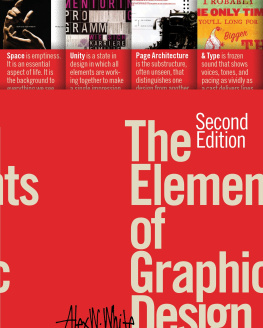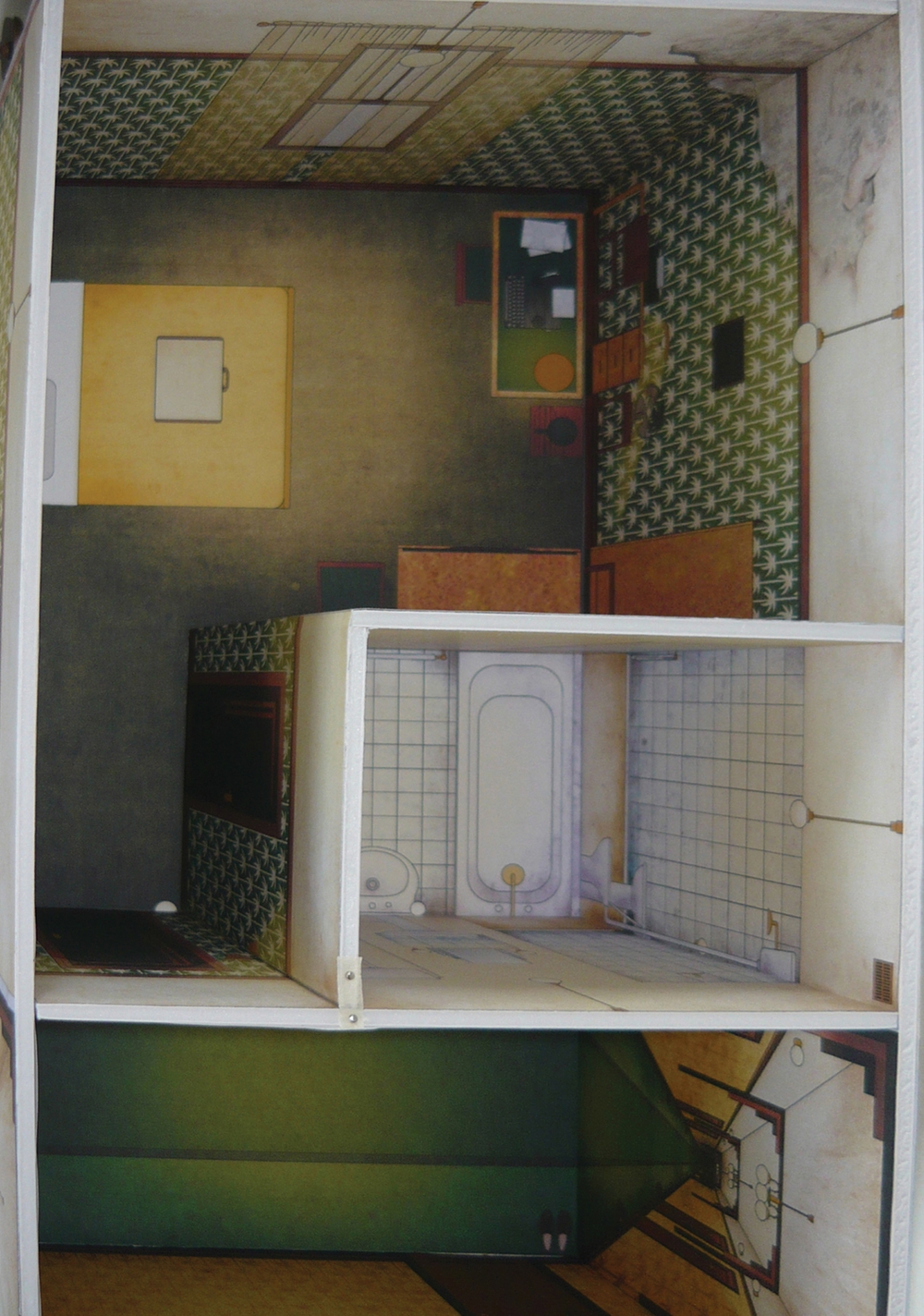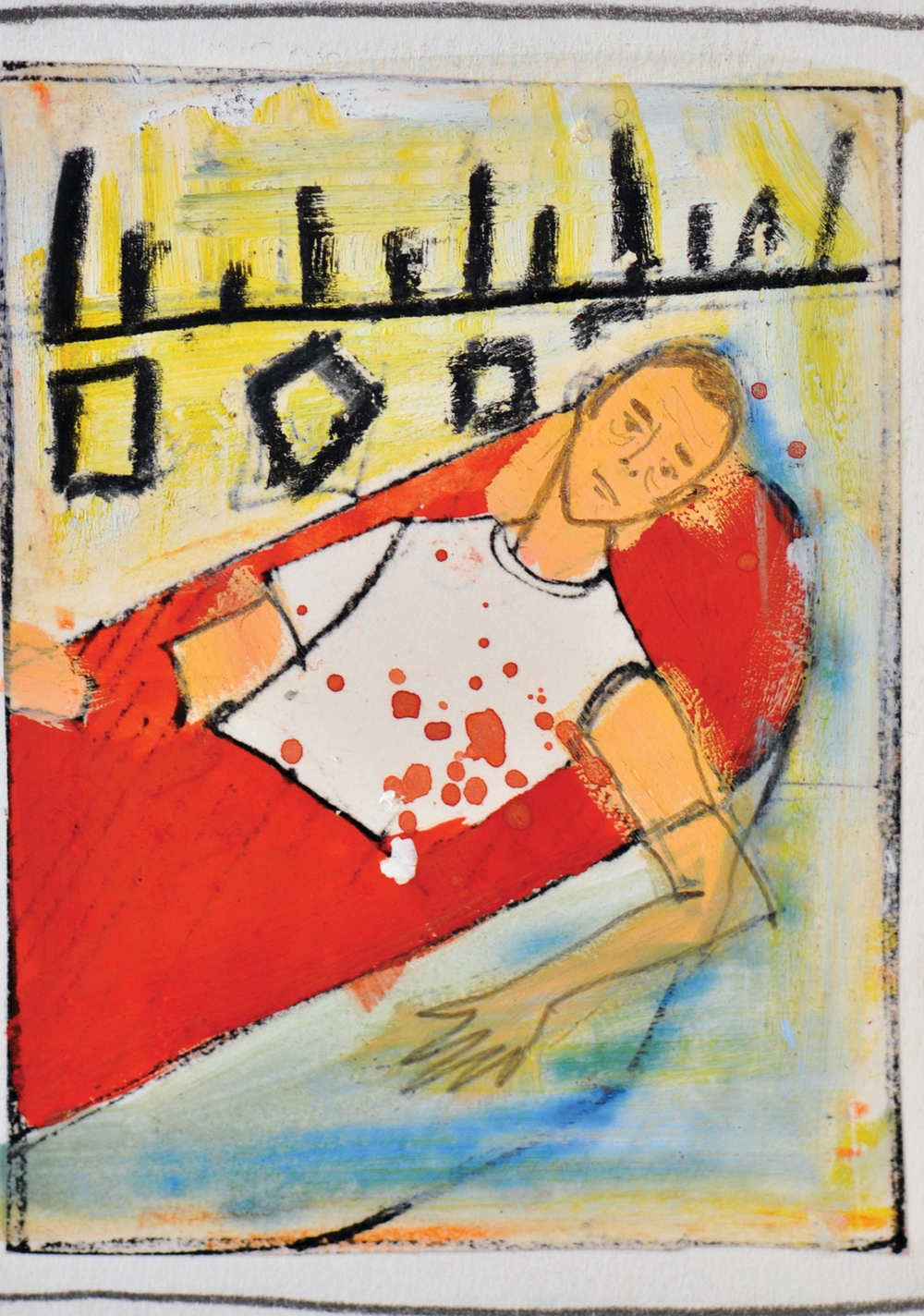Fig. 1 Preliminary visual for an opera made for television.
A PASSION FOR FILM
I was introduced to the media of film and television at a very young age and have remained transfixed for more than thirty years. Many times, my parents despaired of my interest in anything other than escaping into a fantasy world. My mother and father, themselves, liked watching television, but enjoyed film more.
Going to the cinema was a big deal in our household. The getting ready, travelling there, then the anticipation as you entered the cinema, sitting down with some popcorn or in those days in Singapore, sugared peanuts stuffed into a cone made from newspaper then the excitement of the film, no matter how dire and the fun of discussing it on the way home.
The critical eye didnt come until my teens when I watched films I had liked as a child, only to discover they werent as good as I remembered! But they were memories, and, as such, made up my childhood. It was only later that I realized that all these memories were going to become very influential in my future career choices.
Up to, and on, entering Central Saint Martins College, my focus had been on becoming a costume designer, without much thought of the set as an integral part of telling a story. However, this rapidly changed over the course of my degree as I learned the importance of the overall visual context in helping to convey and support the cast and narrative; the idea that you could use images, colour, texture, darkness and light to captivate an audience.
This book will explore ways of designing using various media. It will look at production design for film, television and video collectively, as screen design. It will also discover the designer in you. How do you extract design information from a script? What are the key themes and how do you turn them into a concept that will support the telling of the story? Where do you begin researching and how?
The most important thing to remember and the basis for this book is that design is crucial to storytelling. There will be many references to existing examples of film and television, so as you read you can watch them and see and feel for yourself how their design decisions contributed to the story, making it a fuller, richer and more rounded experience for the viewer.
THE MEDIUM OF FILMING FOR SCREEN: COMPARABLE AND FUNDAMENTAL DIFFERENCES
WHAT IS ART DIRECTION?
Art direction is the term used in the film, television , commercial and music promo industries for set design. It encompasses the concept, design, creation and arrangement of all visual elements in a screen narrative and ensures that all conceptual ideas run consistently and coherently throughout the story. In short, it is the thread that links all visual components of the project together.
WHAT DO A PRODUCTION DESIGNER AND AN ART DIRECTOR DO?
When you sit through the credits of a film or a television show, you may be forgiven for confusing the roles of the Production Designer and the Art Director. Historically, the roles in the Art Department have been hard to define, mainly because of the ever-evolving nature of the job, the continuous changes in filmmaking techniques and the arrival of new media, such as television and computers.
The title of Art Director came about in the 1930s, when filmmaking was brought indoors thanks to artificial lighting. Before that, the closest-related credited roles were Technical Director and Interior Decorator when most shooting still took place outside. The Hollywood studio system further defined the role of art director by splitting duties between a supervising art director, who came up with the concepts, and a unit art director, who turned them into reality with a team of draughtsmen and illustrators. However, this too changed with the Supervisory Art Director becoming more of a manager assigning a script to the Unit Art Director, who, after consultation with the Director, would come up with the designs. But, the credit would always go to the Supervisory Art Director, who had the final say, whether or not they had actually contributed.
With this fight over credit and the close working relationship developing between Art Director and Director, it became necessary to accord the position of Art Director greater status, and so the title of Production Designer came into being. First created by David O. Selznick for William Cameron Menzies in recognition of his work on Gone WithThe Wind (1939), the new title conveyed not just the designing aspects of the job, but the collaborative nature of the role from the start of a project. Thus Art Directors became known as Production Designers and their assistants became Art Directors . (Production Design: Architects of the Screen, Jane Barnwell, 2004)
And they havent changed much since. So here are the roles as they are today, though bear in mind that these distinctions are fluid.
The Production Designer, as the title indicates, is responsible for the look of the entire production. He or she, in collaboration with the Director and the Director of Photography (DoP), comes up with all the concepts and designs and oversees their execution, making sure all sets are built on time and within budget.

